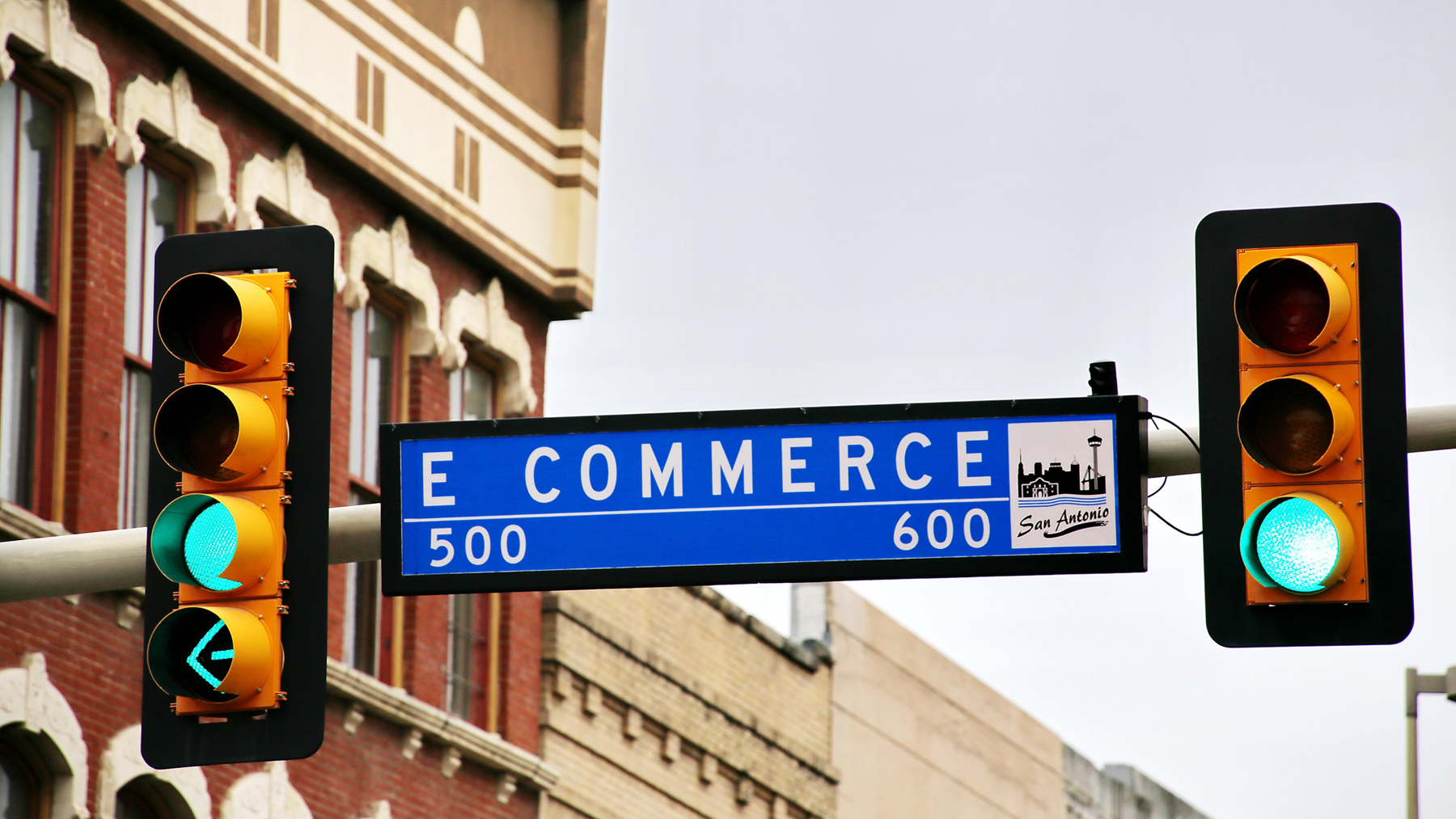Emerging Trends in E-commerce
December 30, 2021
Rising Acquisition Costs
- The shift to e-commerce has fueled even more competition for attention online.
- Digital ad spending is up and acquisition costs are soaring.
- Most brands don’t have a hope of competing with large retailers for search results or clicks. Because of this, many businesses are focusing on retention over acquisition, reallocating ad dollars in favor of incentives to drive more spend from existing customers.
You’ve heard this stat about a million times, but it’s more relevant than ever:
Increasing retention by 5% can increase profits by 25% to 95%.
Focus on Customer Lifetime Value
- Working from home. Shopping from home. Eating at home. Streaming at home.
- Overall, people are more comfortable doing everything at home.
- Opportunities for advertisers to reach large groups of people out in the world – during a commute, in a movie theater, at a concert, a conference, or the airport – have significantly declined and may never return to pre-pandemic heights.
- Identifying and marketing directly to individuals or households with a high lifetime value will be the strategy du jour, increasing reliance on customer data and marketing platforms that can marry up the two disciplines (data + marketing):
Personalize messages for niche audiences.
New Payment Habits
The way we pay for goods seems to be changed all of a sudden in 2020. It was like someone snuck in overnight, took all the cash and installed contactless payment and cashless checkouts everywhere.
Likely a result of the economic hardship faced by so many, we also saw the proliferation of deferred or installment payment options. In 2022, look out for businesses to start using stored value in new and creative ways.
For example, to encourage repeat visits, stored value can be used as a reloadable “debit” card, enabling loyalty members to link value to their member accounts and seamlessly add or detract value without ever reaching for their wallet.
Customer Experience (CX) Opportunities for Brick + Mortar
Curbside pickup and BOPIS (Buy Online Pick up In Store) have been readily adopted by consumers, and the blurred lines between online and offline shopping experiences will continue to present new opportunities for brands to meet customers where they are.
In store, digital signage, atmosphere, shelf stock and employee engagement will be critical. Fulfillment will become an increasingly important differentiator. Return policies and experience will be an important intersection point for retailers, as they try to manage the huge influx of returns from e-commerce purchases.
All of this is to say that going forward, the physical store will play an important role in the customer experience, one that must be flexible, but organized and with a defined purpose.
Live Sales (Social Sales)
Live sales have become commonplace over the past few years. People started using live platforms to sell their products online.
Live streams have incredibly attractive advantages over traditional sales tools. Thanks to social media, it is possible to reach large audiences without infrastructure costs. Direct communication with the customer increases the speed of sales. In addition to video production costs, live sales and instant guerrilla activities are much cheaper.
Live video streaming is the next revolution you need to incorporate into your marketing strategy. Video content marketing presents a billion-dollar opportunity. If you have really powerful content, turn it into a webinar, go live and monetize it.
Select multiple platforms for live streaming. Broadcast to all channels where your audience is. This can give you a chance to get ads on your videos.
The role of influencers and live-streaming is shaping the future of commerce.
Voice Search
From the very beginning, on-site search has been one of the top entry points to e-commerce. The starting point of the customer journey was searching for a product at first. It is no longer necessary to press buttons to search for products Since Google launched voice search.
E-commerce sites have also started to integrate voice search into their sites. Voice search requires SEO optimization. When pages are optimized, they can be read aloud by the device the customer uses.
Hyper Personalize Customer Experience
We live in an age where customers expect us to understand their needs. Hyper-personalization may be the most advanced way of marketing.
It is necessary to use data, artificial intelligence and automation together to create tailored and targeted experiences.
With hyper-personalization, companies can deliver a specific high level of communication to their targeted customers from the right place, time and channel.
Hyper-personalization can be applied throughout the customer journey, from attracting customers with personalized web pages and dynamic pricing to providing personalized services after purchase.
Unlike mass media, where marketers can only assume which customer type or segment can view and identify a particular ad, hyper personalized advertising uses the same platform.
Hyper-personalization throughout customer journey
- Custom and “to the point” advertising
- Customized landing pages
- Recommendation product / services /
- Omnichannel customer service
- Chatbots
- Dynamic pricing and offers
- Real-time notifications
- Loyalty Programs
- Re-engagement
As customer expectation grows, more companies are embracing personalization from product design to dynamic pricing.
That creates a market where the customer can interact directly.
Gone are the days of trying to reach all potential customers with mass media. Technology now allows every interaction to be unique and personal, and consumers expect a personal connection from the companies they interact with.


